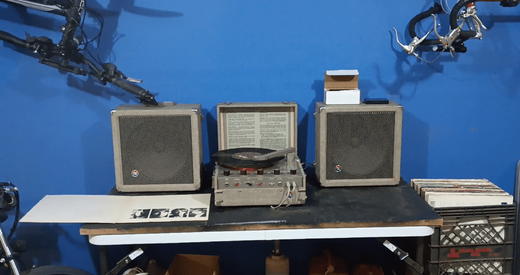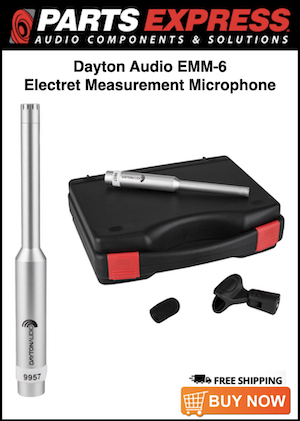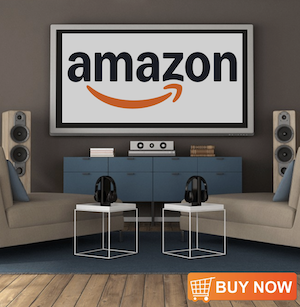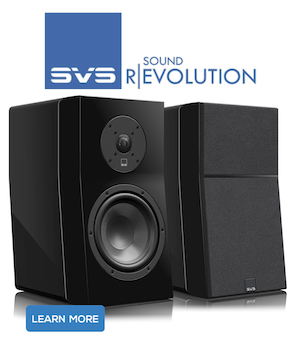RShark
Member
More
- Preamp, Processor or Receiver
- Yamaha
- Main Amp
- Yamaha
- Additional Amp
- Rotel
- Other Amp
- Aiyima A07
- DAC
- Aiyima DAC-A5-Pro
- Computer Audio
- Aiyima DAC-A5-Pro / Aiyima Tube T7
- Front Speakers
- DIY Fostex BK16 with Seas Prestige coax
- Front Wide Speakers
- ADS 400L
- Subwoofers
- Kicker 2x12" in SKAR ported chamber
- Other Speakers
- Bookshelf spks, DynAudio, Diamond, B&W, Klipsch
- Screen
- LG
- Video Display Device
- AMD Fury II
Been hijacking this topic and this might be a little to the side of diy but use this setup as a reference once in a while to remember the past.
Open Baffle has been on my mind for a while and next project will likely be something in that area. Been researching how musical equipment manufacturers plan the openings in the back of guitar and bass cabinets.
1970 Newcomb RT-1260v with dual 10" speakers and new diamond stylus
Open Baffle has been on my mind for a while and next project will likely be something in that area. Been researching how musical equipment manufacturers plan the openings in the back of guitar and bass cabinets.
1970 Newcomb RT-1260v with dual 10" speakers and new diamond stylus
Attachments
Last edited:










